
LPC551x/S1x: Baseline Arm® Cortex®-M33-Based Microcontroller Family
Sign in for a personalized NXP experience.
Roll over image to zoom in


This is a modal window.
Beginning of dialog window. Escape will cancel and close the window.
End of dialog window.
This is a modal window. This modal can be closed by pressing the Escape key or activating the close button.
This is a modal window. This modal can be closed by pressing the Escape key or activating the close button.

This is a modal window.
Beginning of dialog window. Escape will cancel and close the window.
End of dialog window.
This is a modal window. This modal can be closed by pressing the Escape key or activating the close button.
This is a modal window. This modal can be closed by pressing the Escape key or activating the close button.
The LPC55S6x MCU family is part of the EdgeVerse™ edge computing platform and builds on the world’s first general-purpose Cortex-M33 based microcontroller introduced with the LPC5500 series. This high-efficiency family, inclusive of LPC55S69JBD100, LPC55S66JBD100, LPC55S69JEV98, LPCS66JEV98, LPC55S69JBD64, LPCS66JBD64 MCUs, leverages the new Armv8-M architecture to introduce new levels of performance and advanced security capabilities including TrustZone-M and co-processor extensions. The LPC55S6x family enables these co-processors extensions and leverages them to bring significant signal processing efficiency gains from a proprietary DSP accelerator offering a 10x clock cycle reduction. An optional second Cortex-M33 core offers flexibility to balance high performance and power efficiency.
In addition, the LPC55S6x MCU family provides benefits from 40nm NVM based process technology cost advantages, broad scalable packages, and memory options, as well as a robust enablement including MCUXpresso Software and Tools ecosystem and low-cost development boards.

The LPC55S6x MCU, part of the EdgeLock Assurance program, is designed to meet industry standards and follows NXP's security-by-design approach.

LPC551x/S1x: Baseline Arm® Cortex®-M33-Based Microcontroller Family
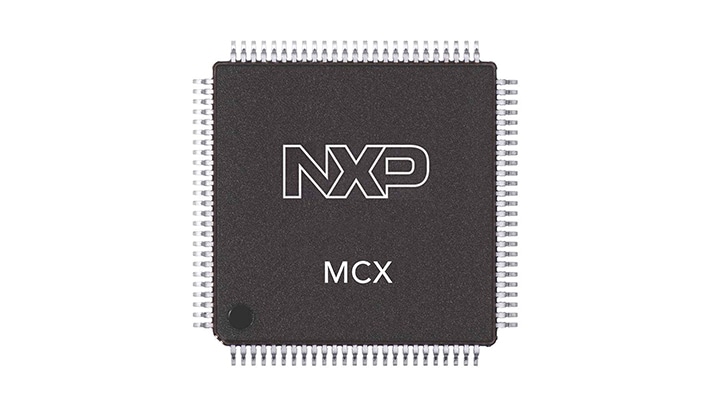
MCX N94x/54x Highly Integrated Multicore MCUs with On-Chip Accelerators, Intelligent Peripherals and Advanced Security
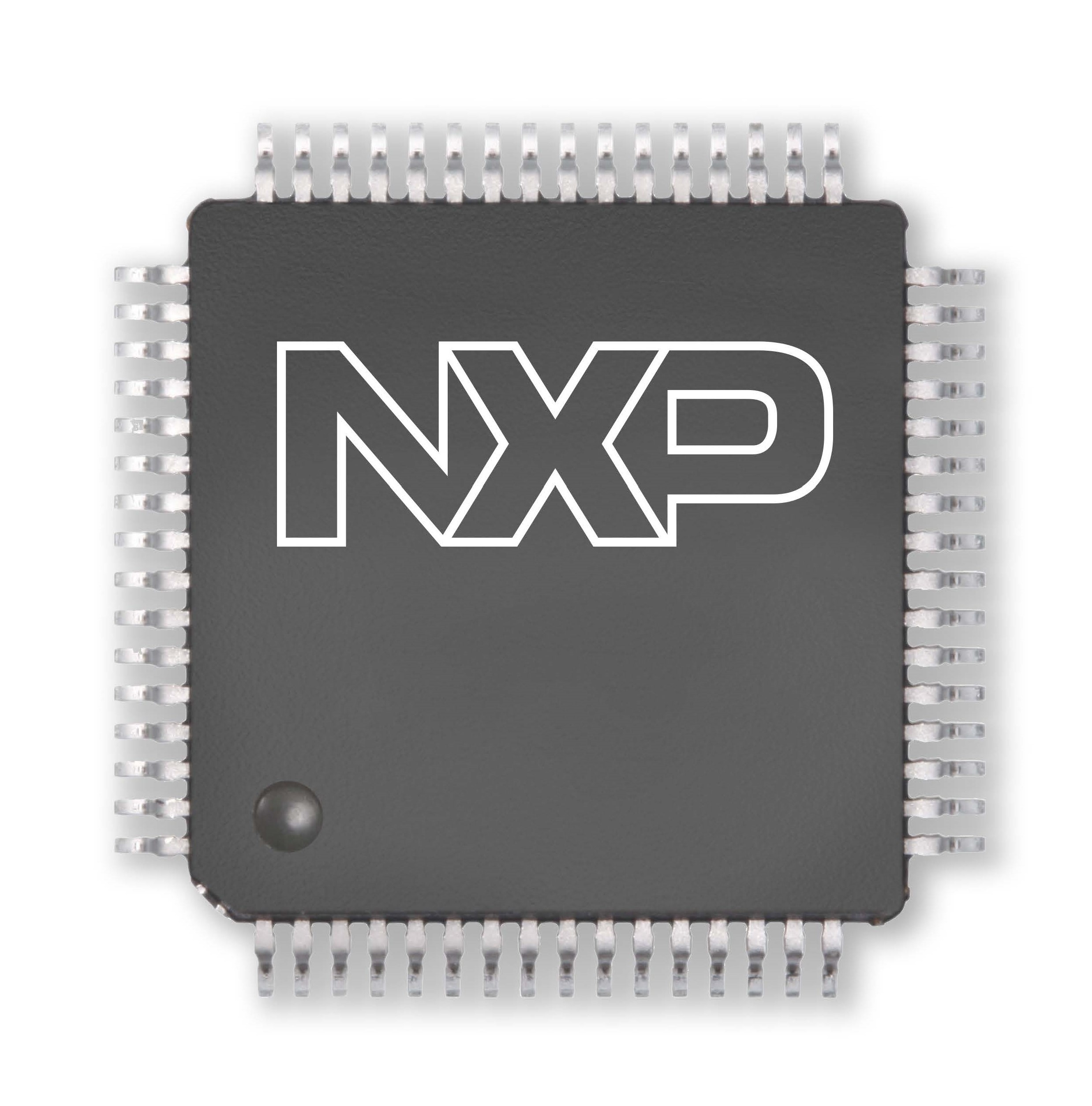
LPC552x/S2x: Mainstream Arm® Cortex®-M33-based Microcontroller Family

MCX A13x, 14x, 15x MCUs with Arm® Cortex® M33, Scalable Device Options, Low Power and Intelligent Peripherals
6 results
Include 0 NRND
Part | Order | CAD Model | Core Type | Operating Frequency [Max] (MHz) | Flash (kB) | GPIO | Security | ADC [Number, bits] | Ambient Operating Temperature (Min to Max) (℃) | Supply Voltage [Min to Max] (V) | Package Type | Status |
|---|---|---|---|---|---|---|---|---|---|---|---|---|
Arm Cortex-M33 | 150 | 256 | 64 | CRC, RNG | 1 x 16 | -40 to 105 | 1.8 to 3.6 | HLQFP100 | Active | |||
Arm Cortex-M33 | 150 | 250 | 36 | AES-D, CRC, RNG | 1 x 16 | -40 to 105 | 1.8 to 3.6 | HTQFP64 | Active | |||
Arm Cortex-M33 | 150 | 256 | 64 | CRC, RNG | 1 x 16 | -40 to 105 | 1.8 to 3.6 | VFBGA98 | Active | |||
Arm Cortex-M33 | 150 | 640 | 64 | CRC, RNG | 1 x 16 | -40 to 105 | 1.8 to 3.6 | HLQFP100 | Active | |||
Arm Cortex-M33 | 150 | 640 | 36 | AES-D, CRC, RNG | 1 x 16 | -40 to 105 | 1.8 to 3.6 | HTQFP64 | Active | |||
Arm Cortex-M33 | 150 | 640 | 64 | CRC, RNG | 1 x 16 | -40 to 105 | 1.8 to 3.6 | VFBGA98 | Active |
LPC55S6xQuick reference to our documentation types.
1-10 of 72 documents
Compact List
There are no results for this selection.
Sign in to access authorized secure files. Learn more about secure access rights.
Please wait while your secure files are loading.
1-10 of 72 documents
Compact List
1-5of 8 design files
Sign in to access authorized secure files. Learn more about secure access rights.
Please wait while your secure files are loading.
1-5of 8 design files
1-5 of 10 hardware offerings
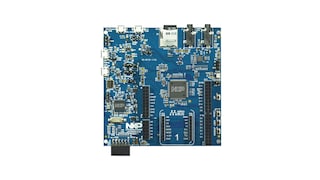
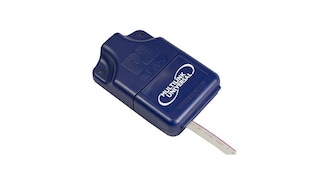
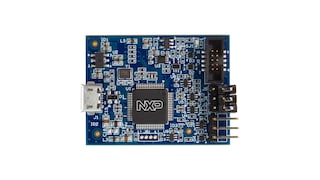
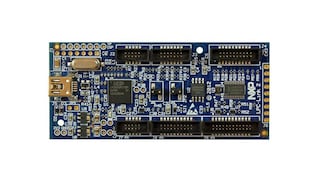
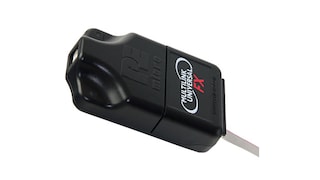
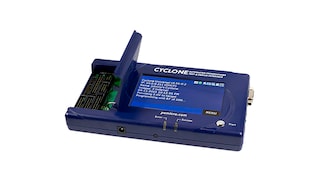
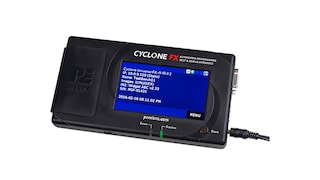
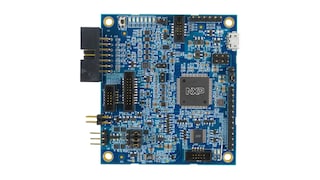
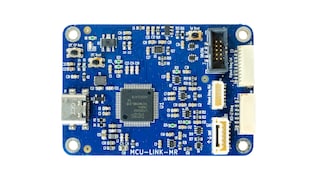
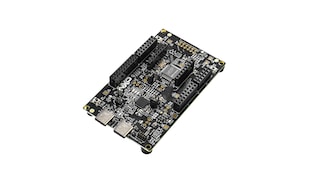
Sign in to access authorized secure files. Learn more about secure access rights.
1-5 of 10 hardware offerings










Quick reference to our software types.
1-5 of 27 software files
Additional software available. View our featured partner solutions.
Note: For better experience, software downloads are recommended on desktop.
Sign in to access authorized secure files. Learn more about secure access rights.
Please wait while your secure files are loading.
1-5 of 41 software offerings
To find additional partner offerings that support this product, visit our Partner Marketplace.
1-5 of 27 software files
Additional software available. View our featured partner solutions.
Note: For better experience, software downloads are recommended on desktop.
1-5 of 7 engineering services







There are no results for this selection.
There are no results for this selection.
To find additional partner offerings that support this product, visit our Partner Marketplace.
1-5 of 16 trainings
Additional trainings are available. View our featured partner trainings.
16 trainings
Additional trainings are available. View our featured partner trainings.
10 trainings
To find additional partner offerings that support this product, visit our Partner Marketplace.
There are no recently viewed products to display.
View or edit your browsing history
Help us improve your experience on our site. We invite you to take our five-question survey.